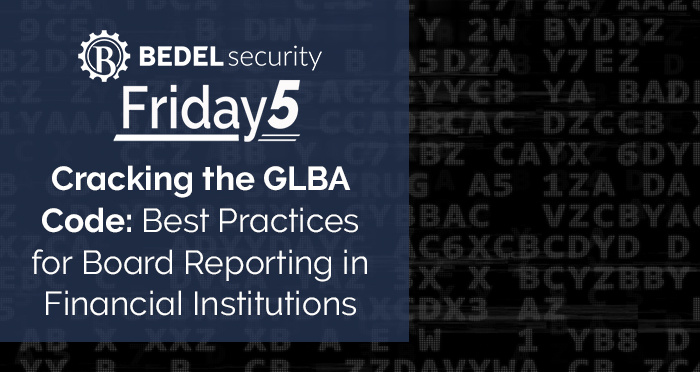Choosing a Cybersecurity Framework
It is a good practice to identify a cybersecurity framework as part of an institution’s Information Security Program. A framework helps to identify...
2 min read
Brian Petzold : Apr 27, 2018


Information Security Program. These can be three frightening words in an institution which takes a reactionary approach to their program. Especially when they are coming from an auditor or regulator who is again telling them what their program is missing. But a well-developed information security program will help you sleep well at night.
We help financial institutions of all sizes and complexities build and improve their information security programs. Our services range from just helping in the places needed most to completely leading information security programs. This allows financial institutions to get the expertise they need at prices that fit their budget.
To get started on your own, take advantage of some of our free tools like our Information Security Program (ISP) Tasklist, to manage responsibilities and deadlines all in one place, or our CySPOT Health Index™ to get a clear picture of just how your ISP is doing.
To get helpful tips and stay up to date on the latest cybersecurity trends sign up for our newsletter below!

It is a good practice to identify a cybersecurity framework as part of an institution’s Information Security Program. A framework helps to identify...

Today's blog post is about the three major roles of an information security program. And the reason I'm writing this is because we often speak to...

As an Information Security professional, you know that staying ahead of the regulatory curve is just part of the job. But when it comes to the...